This gardener grows lettuce and herbs without soil, sun, and rain
Extreme weather may make it harder to grow food in the traditional way in the future, according to a Norwegian researcher.
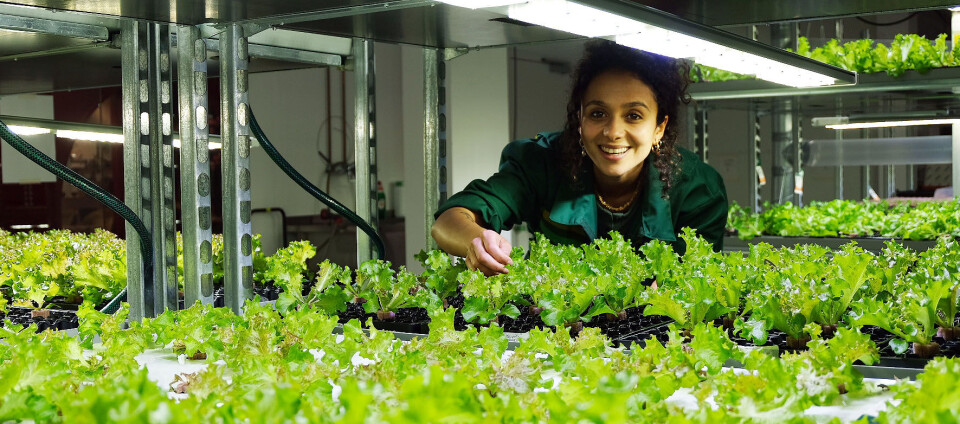
Plants need soil, sun, and rain!
Or do they?
“We don’t actually use any of those here,” says gardener Jasmin Idriss.
Lettuce and herbs are sprouting all around her inside the Økern Portal in Oslo.
How is that possible?

No need to lug soil around
"The method they use here is also used by astronauts in space," says Sissel Torre.
She is a researcher at the Norwegian University of Life Sciences (NMBU) and has studied hydroponics, which is what the method is called.
When soil is not necessary for the plants, it opens up a world of possibilities.
Astronauts can grow lettuce on spaceships without having to haul soil from Earth.
Gardeners can work year-round:
"When winter comes, many gardeners have to find something else to do," says Idriss.
The ground freezes, and cultivation becomes impossible. But this gardener and urban farmer can stay right where she is.
"Here we can cultivate and grow all year long," says Idriss.
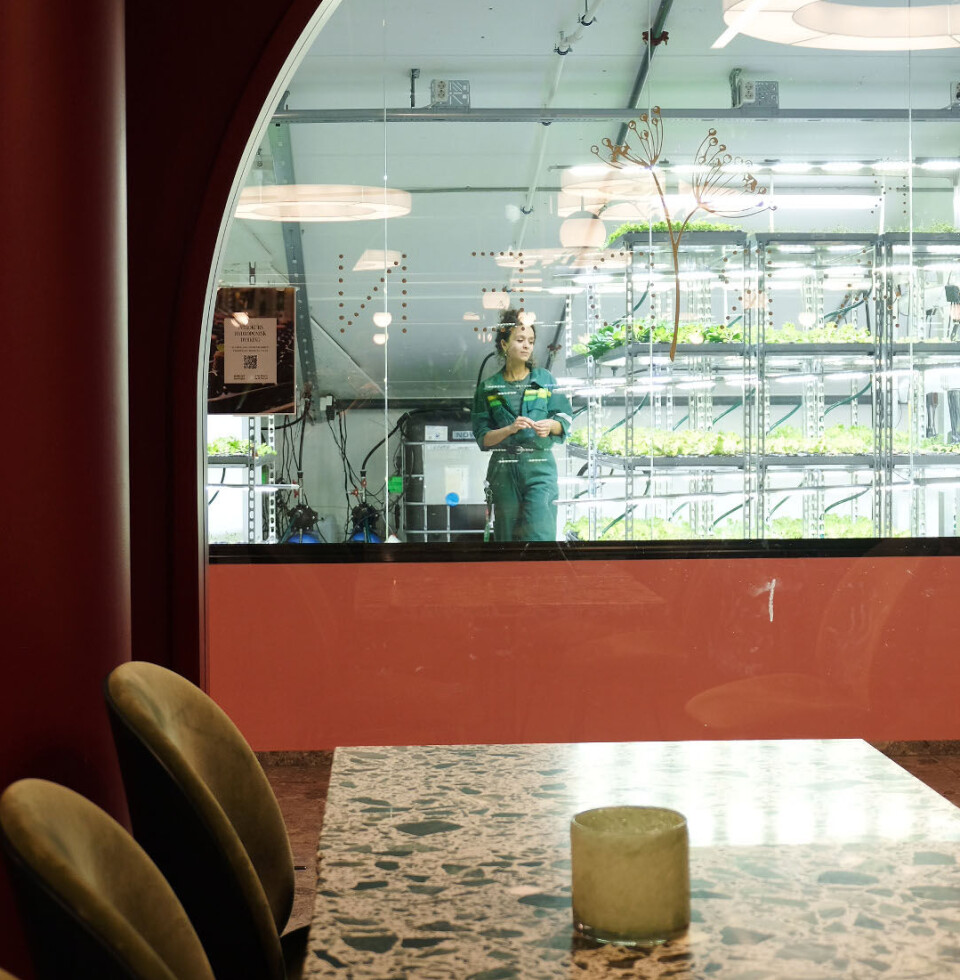
Fresh and crisp
"Instead of soil, we use pink plugs made of cellulose," says Idriss.
Cellulose is what makes up the walls of plant cells.
Seeds are placed into the plugs and soaked in water mixed with various nutrients.
Outdoors, plants absorb nutrients from the soil.
Many are sprayed with pesticides to keep diseases and insects away.
That's not needed in the grow room.
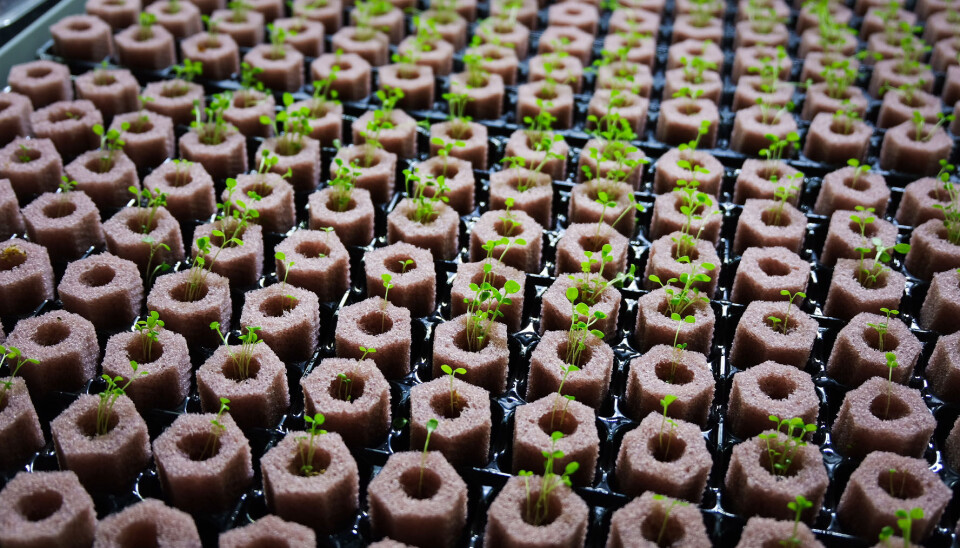
"Here the gardeners can decide exactly what the plants get fed," says Torre.
The roots are placed directly in water, and they absorb what they are given.
Torre says the plants that grow here are just as healthy as those grown in soil.
Most viewed
Is it possible to add something to the water to make the lettuce even healthier?
"Some people are trying to add extra antioxidants that are good for us," says the researcher.
Great against extreme weather
Special fluorescent lights hang above the seeds instead of sunlight. Quite soon they begin to sprout.
"After six weeks, we have fresh and crisp lettuce," says Idriss.
Torre says that extreme weather like drought, heatwaves, and floods may make it harder to grow food in the traditional way in the future.
"When we grow indoors like this, that's no longer a problem," she says.
When the roots are placed directly in water, less of it is needed.
If you water a plant outside, much of the water disappears down into the soil.
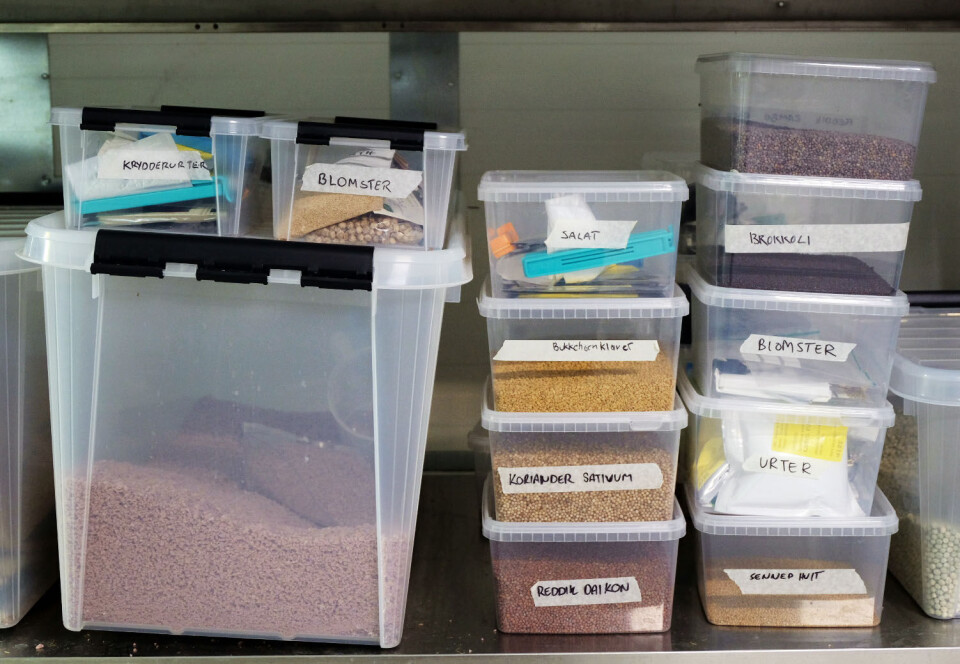
But the method is not a magical solution. It requires a lot of energy.
"The lamps with the strong light use electricity," says researcher Torre.
It is important to ensure that electricity comes from sustainable and renewable sources like water, solar, or wind power.
Super-local
Plants and herbs from the Økern Portal hardly have to travel at all.
That saves the climate from packaging – and large trucks.
In Sweden, some have started laser-marking fruit and vegetables to avoid using packaging.
But here, the food is so local that even that isn't necessary.
The lettuce and herbs are going to be served in the restaurant right next door.
And if the chefs want to try something new, they just let the gardeners know.
Chef Marius Haug drops by.
"I would like some rocket," he says.
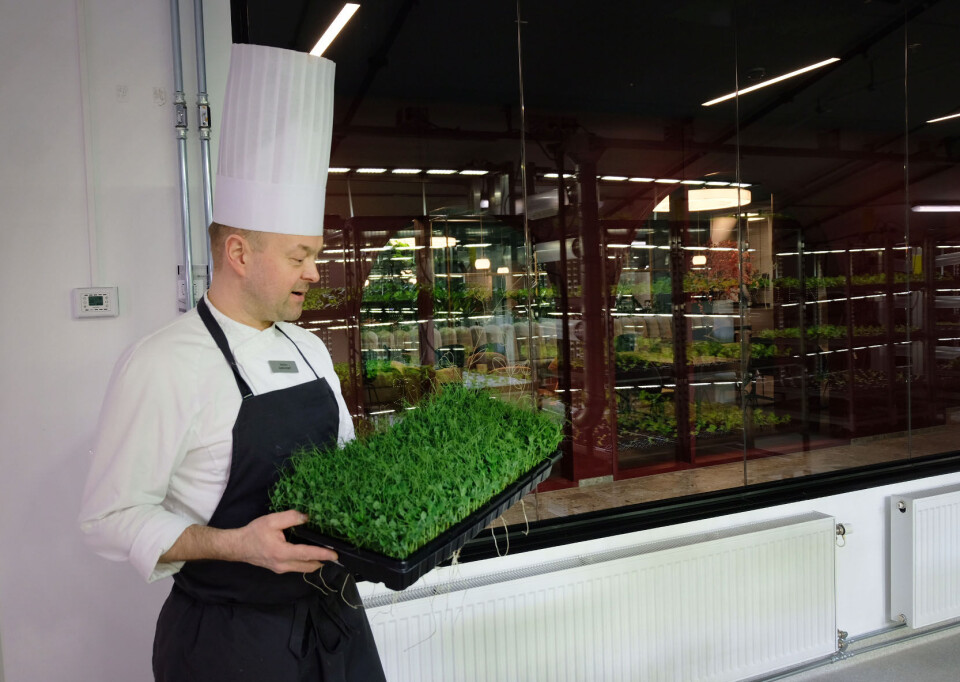
He says the restaurant guests are fascinated.
"They think it's cool to be able to see where their food is growing," he says.
———
Translated by Alette Bjordal Gjellesvik
Read the Norwegian version of this article on ung.forskning.no
Related content:
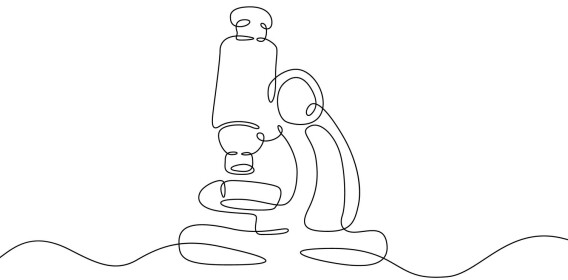
Subscribe to our newsletter
The latest news from Science Norway, sent twice a week and completely free.


























































